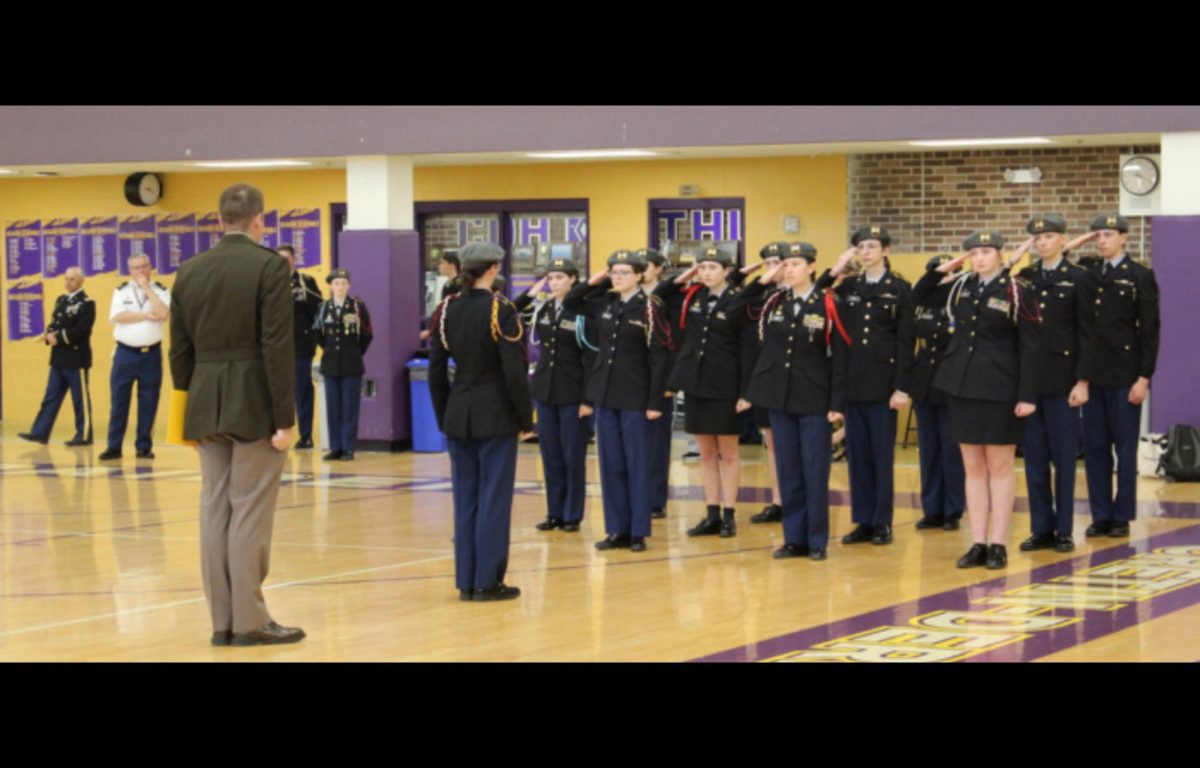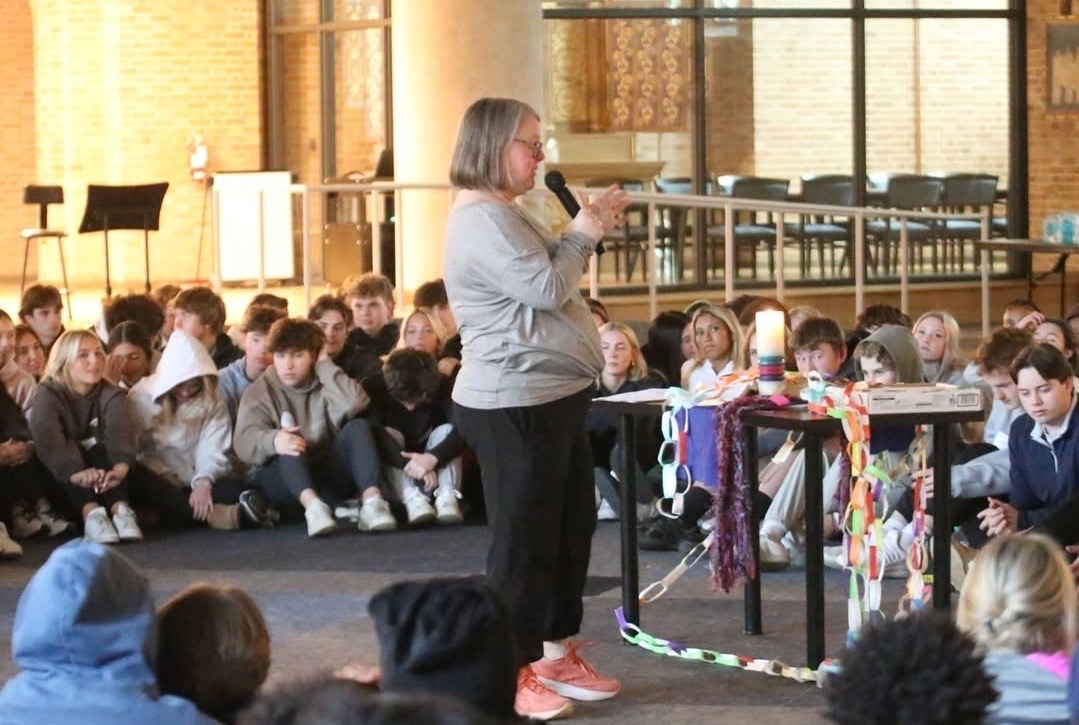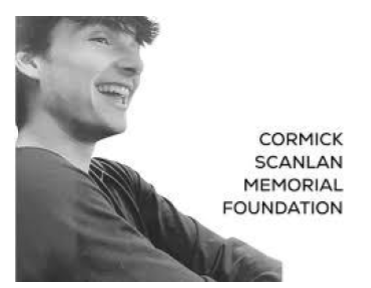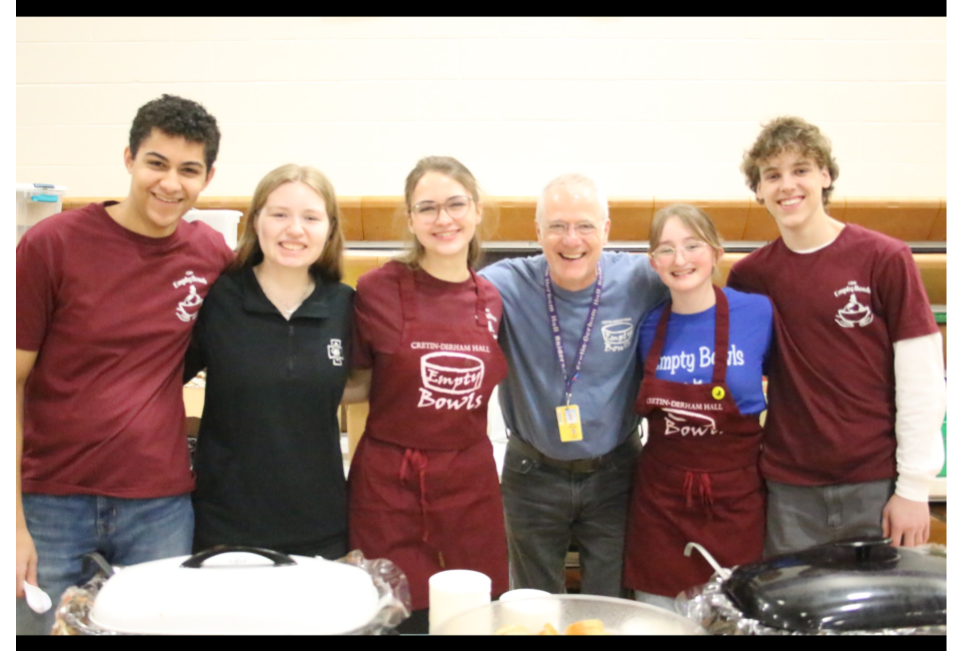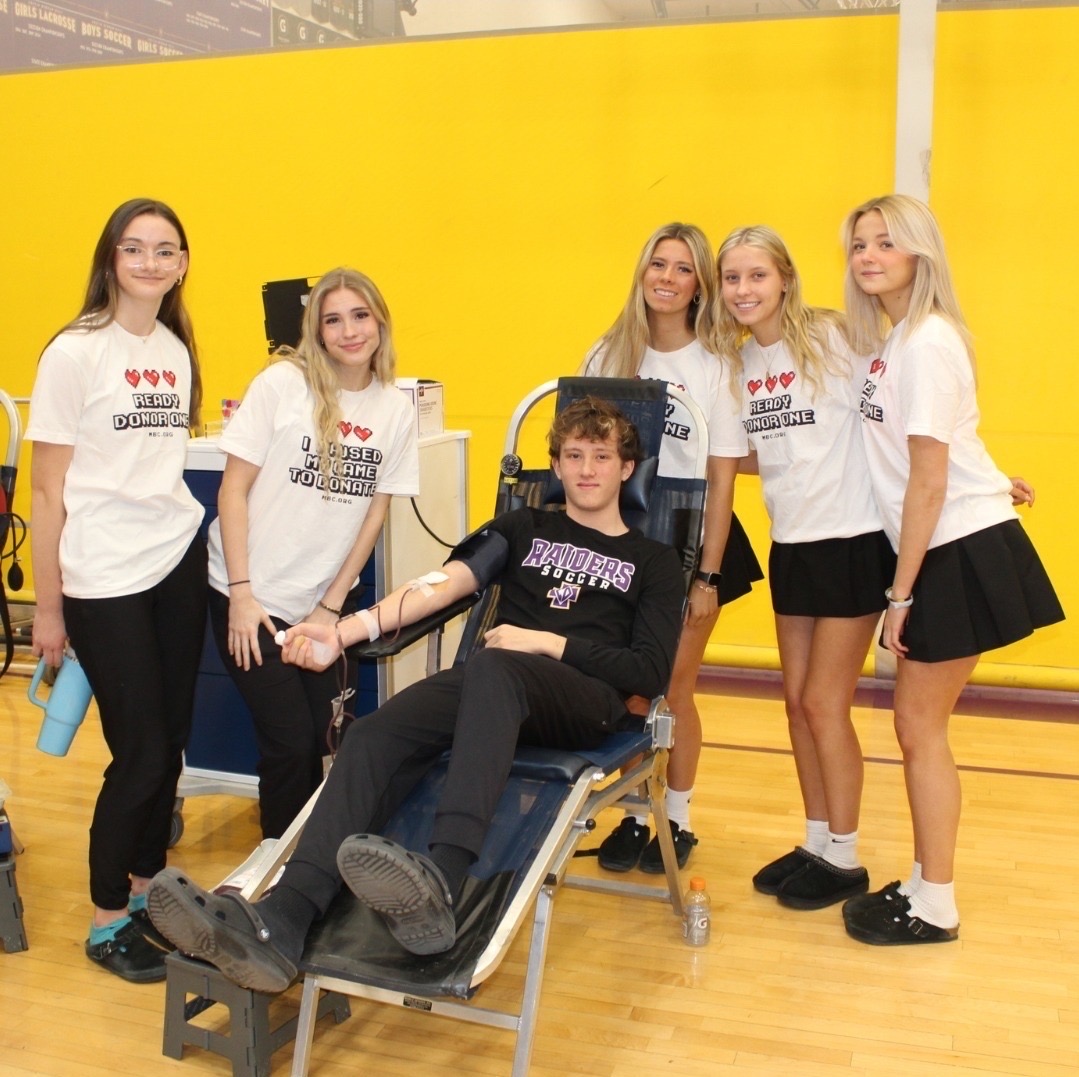One of the many amazing things about Cretin-Derham Hall is the diversity of opportunities available to students. Among these are sports teams, elective courses, and numerous student and teacher-led clubs. Each year, veteran clubs grow and develop, gaining a growing reputation with students. Additionally, a few new clubs, born of ambitious student minds, join the list of options available for CDH students. One particularly new and unique club at CDH this year is the ASL (American Sign Language) Club.
In 1817, Thomas Gallaudet and Laurent Clerc started the first school for deaf people in America. Gallaudet and Clerc were determined to help deaf people, but America didn’t have the resources – or the desire – to help disabled people at that time, so they took it upon themselves to pioneer sign language in the US. Over time, American Sign Language became more developed and brought deaf people to a new level of capability in the world, but they still faced discrimination for their disability. One of the many ways in which this discrimination was combated was through the formation of clubs, in which deaf people could practice their sign language and bond with one another. These clubs played an integral role in keeping sign language alive in the United States, as well as ensuring that deaf and mute people did not lose their voice in American society.
The ASL Club at CDH is a modern day product of those early clubs. At CDH, however, the club’s motivation is more focused on curiosity and learning rather than desperation and preservation. According to Maeryn Tansey, one of the club’s three student leaders, starting the club along with her friends Bauer Hogue and Kate Flynn seemed like a good life skill to have. “My dad told me a story once about how he used to drive buses in Colorado, and he was able to help one of his deaf passengers by using sign language. The man was very grateful,” Flynn says. Tansey believes that the club could be useful to help build inclusivity at CDH and can be a chance for students to engage in a more interactive activity during the school day.
Since most high school courses, language classes included, tend to follow a more traditional teaching structure, club leaders want the ASL club to be a nice break in the routine, allowing for greater freedom and interaction while learning something new at the same time.
Every other Friday, the ASL Club meets in Mrs. Sorenson’s room during Flex 1. As the faculty advisor for the club, Mrs. Sorenson is tasked with organizing meeting times and helping to find a curriculum that the club’s members can utilize. Flynn and Tansey noted that one of the biggest challenges of the club has been creating lesson plans that are effective at helping everyone learn without an experienced teacher. A few of the club’s members have some ASL experience, but most are brand new to the skill. Despite this, the club has had a consistently high turnout. “So many people came and showed up and were genuinely interested. It has stayed consistently full of people,” Tansey said. Currently, the club has a whopping 50 members, including students from all four grades. Although attendance fluctuates on meeting days, Mrs. Sorenson’s classroom is always packed with excited students, ready to learn new signs.
As the ASL Club is still quite new, its leaders are still figuring out long term goals and engagement. However, both Tansey and Flynn agree that their overarching goal for the club is to provide members with the skills necessary to carry out simple conversations that will allow them to better connect with deaf people, should the opportunity arise. Tansey noted the doors that could be opened by learning ASL. “I don’t have any strong connections to it, but working at various jobs and seeing deaf people come in and try to order food has really increased my desire to learn. Knowing it gives you so many opportunities.”
Sign language has come a long way since Thomas Gallaudet and Laurent Clerc first began fighting for its recognition in the United States. Today, over half a million people communicate using ASL as their native language. Clubs like the ASL Club at CDH are helping to bring greater awareness to the struggles of deaf people and simultaneously creating a new generation of ASL speakers. As CDH’s ASL Club continues to develop, it will be exciting to watch its members put their skills to use in the real world. Tansey, Houge, Flynn, and Mrs. Sorenson have all started something valuable, and it will hopefully reach many people for years to come.


